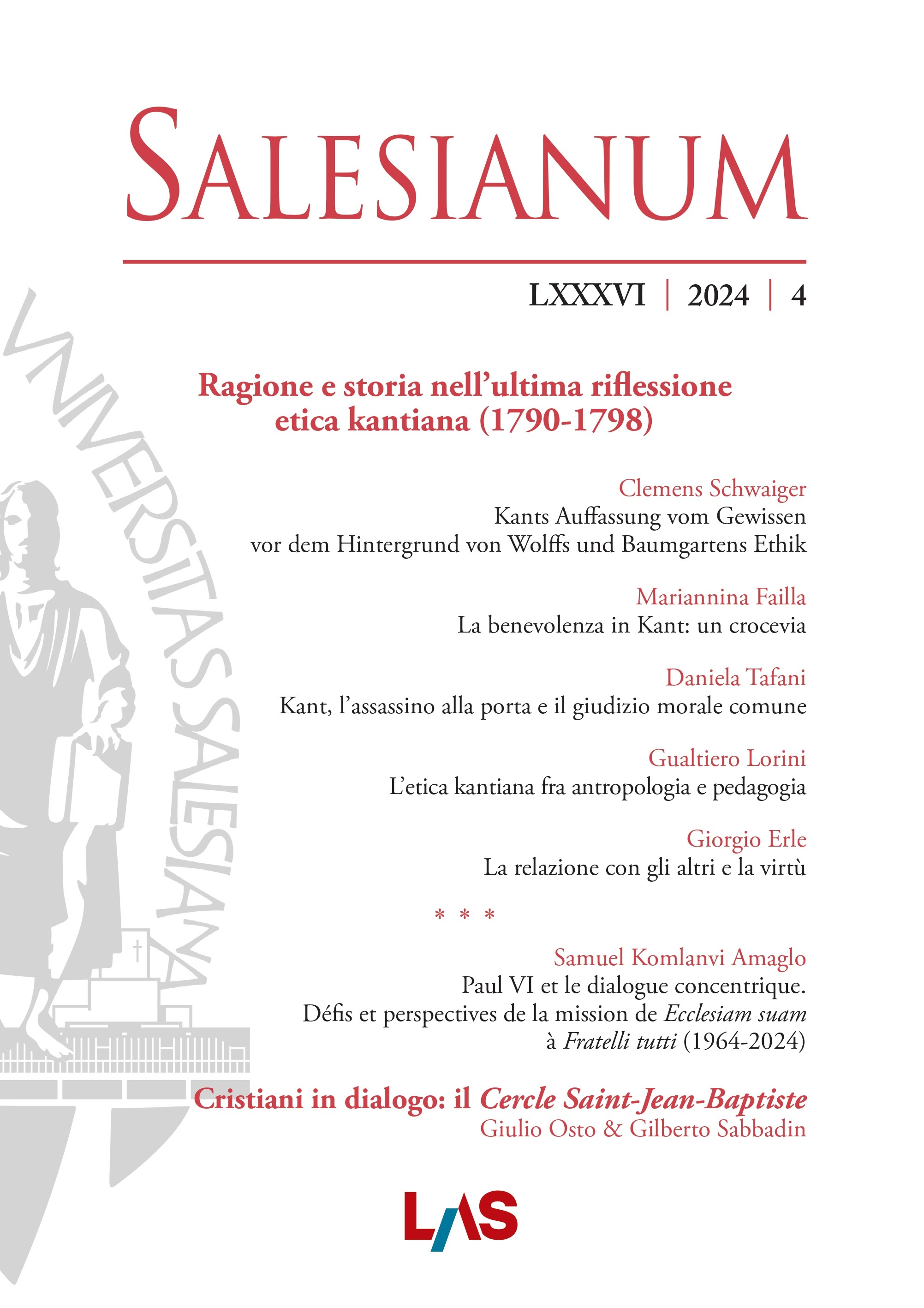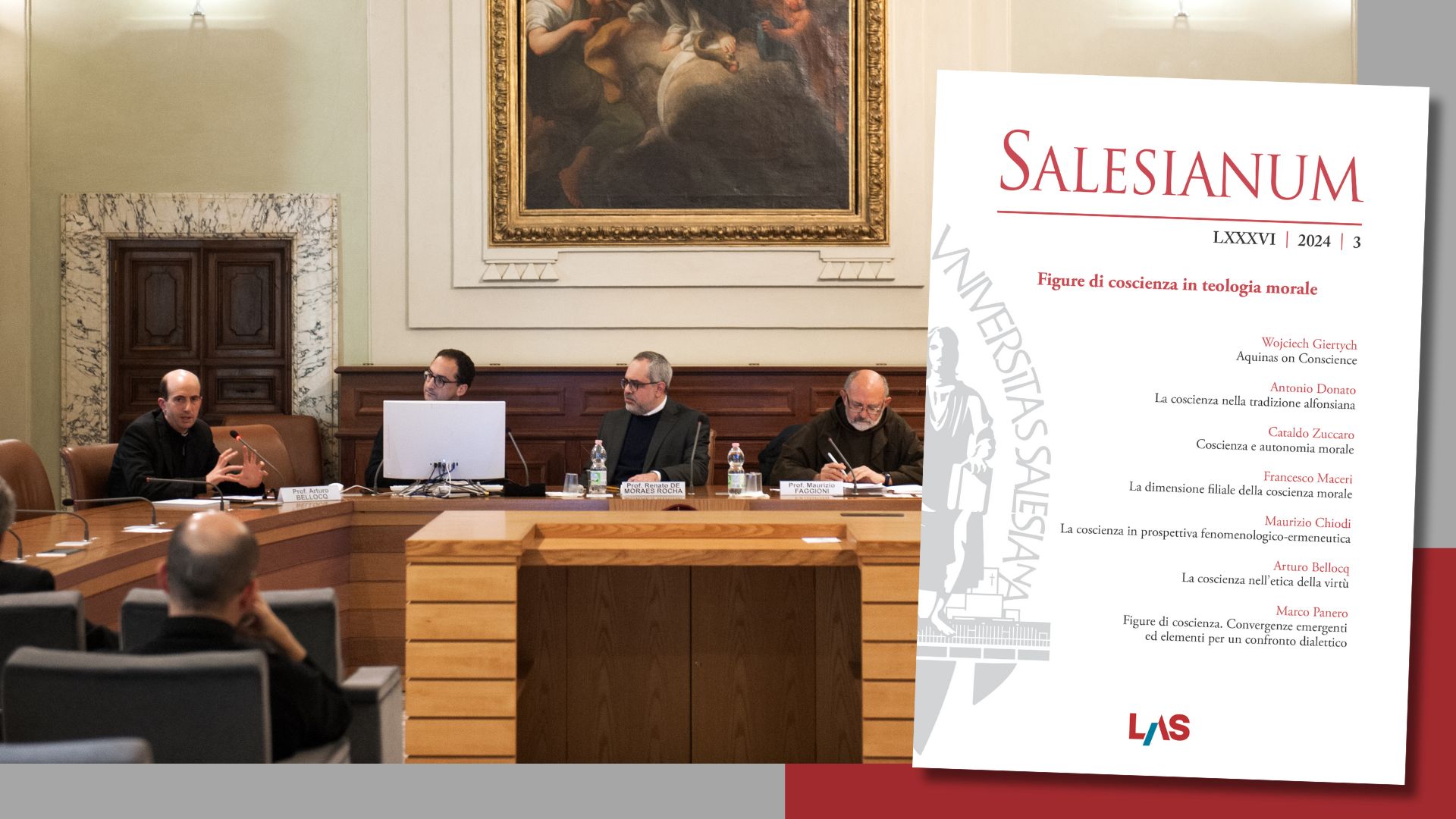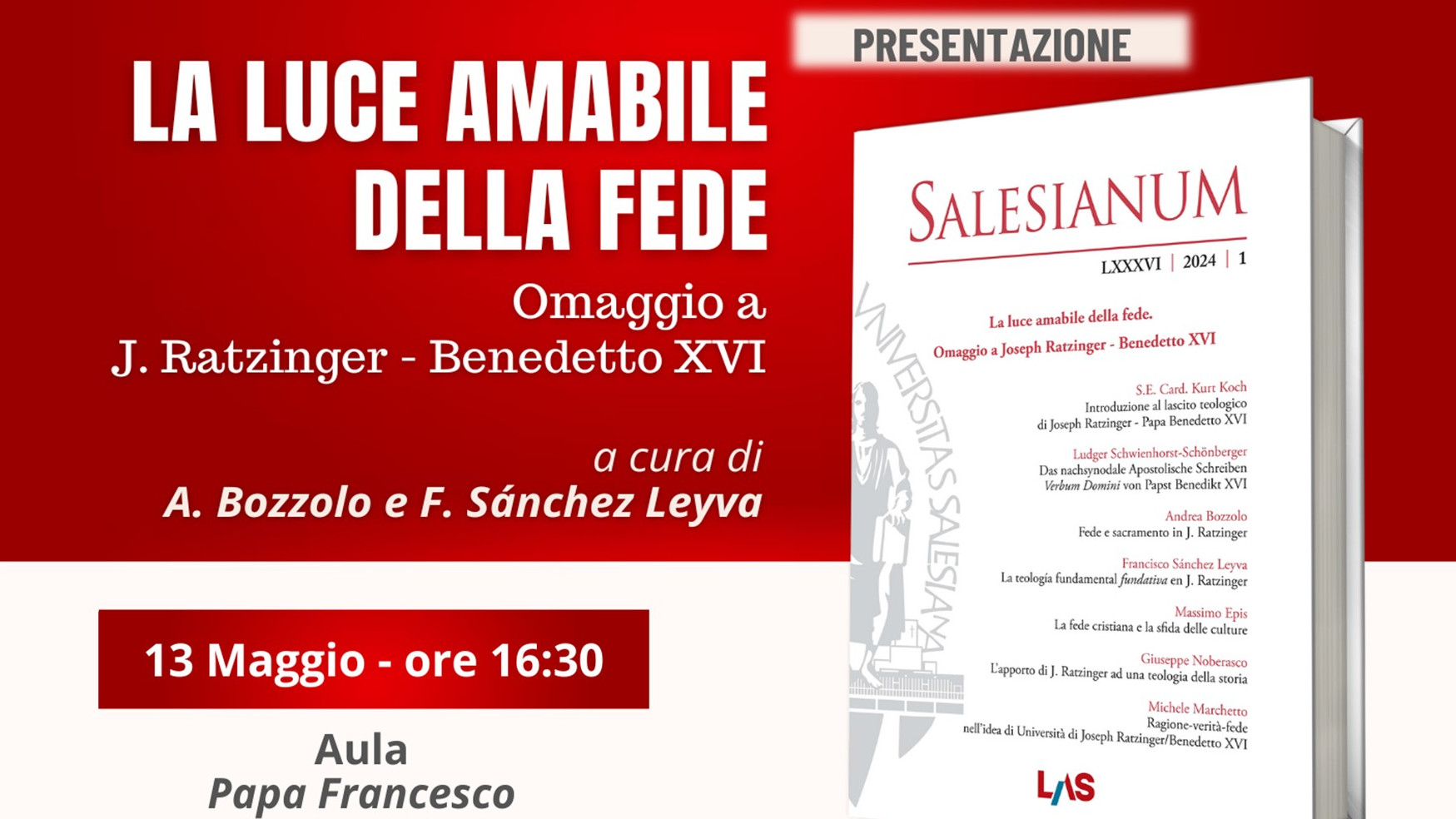Dos aspectos juridicos en la Vita Malchi de san Jerónimo
Salesianum vol. 83 (2021) n. 2, 309-328
Sezione: Studia
Sommario
Il contributo, frutto della collaborazione di due autori, si divide in due parti. Nella prima parte, il prof. Sajovic ricostruisce un possibile iter formativo di san Girolamo e ipotizza che egli abbia frequentato le lezioni dei tre maestri che svolgevano l’insegnamento nell’antichità romana: ludi magister, grammaticus e rhetor. Dalle testimonianze geronimiane si evince che avrebbe integrato gli insegnamenti scolastici con viaggi di studio, assistenza alle lezioni presso maestri di fama (ad es. Didimo il Cieco) e abbondanti letture personali. A queste considerazioni segue una breve presentazione dell’operetta Vita Malchi. La seconda parte dell’articolo è dedicata all’esame di due nozioni giuridiche che sono implicitamente menzionate da Girolamo, cioè postlimium o diritto all’eredità, e ius conubium, ossia il legame che vige tra il monaco rapito e la donna prigioniera, già sposata ma violentemente separata dal suo consorte e consegnata a Malco come premio. Il lettore, attraverso le puntuali osservazioni del prof. von Teuber Corradi, può così scoprire quanto vasta fosse la cultura anche di natura giuridica dell’autore dell’operetta esaminata.
Abstract
The present research paper is the scientific product of the two authors who are responsible for each part of the article. In the first part, prof. Sajovic retraced the possible learning path (iter) of St. Jerome, suggesting the education of the “three masters” of the Roman antiquity: the ludi magister, grammaticus, and rhetor. Through the Jerome’s account, we are convinced that our Saint has perfected his knowledge which firstly obtained in school by means of travels, attending lessons of renowned masters (cfr. Didymus the Blind), and extensive personal reading. This first part of the paper concludes with a brief presentation of Vita Malchi, a short piece of work of St. Jerome. The second part of our paper scruitinizes carefully the two juridical elements which are implicitly applied by the ancient author, namely postlimium – the right to inheritance, and ius connubium – the bond between captured monk, and female married prisoner who was abducted and brought to Malchus as a trophy. In this part of the paper, our readers, guided by prof. von Teuber Corradi, will discovery the vast culture with a juridical touch revealed in Vita Malchi.


